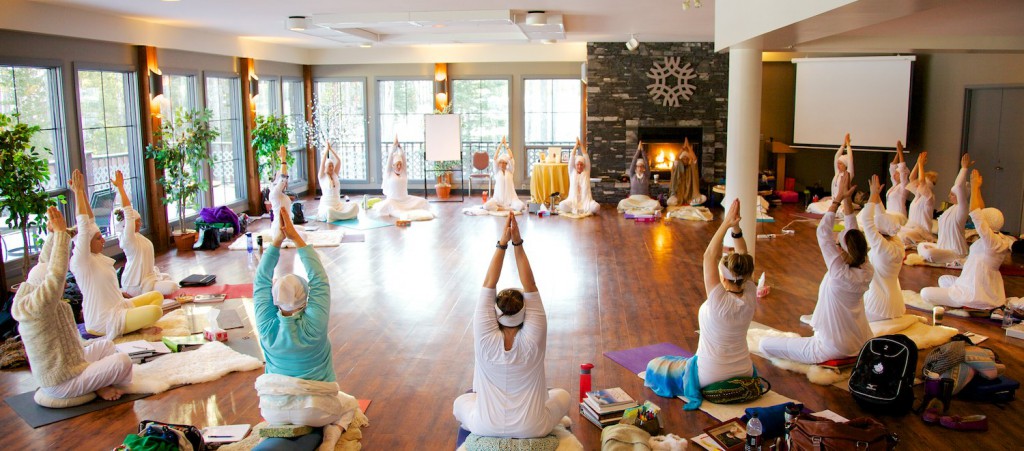Pranayams in Kundalini Yoga: Suspending the Exhale
Yogi Bhajan rarely cautioned against doing any of the exercises, for any population group. In fact, he taught many yoga sets and meditations specifically for anxiety and depression. When you suspend the exhale in a pranayam, it sometimes brings up fear (for anyone) linked to fear of death, that may cause panic. This is something that is good to practice in a gradual way (ie holding it a few seconds longer over time while practicing it every day) to allow fear to come up in a safe environment and be released, through calm neutral observation, acceptance and concentrated moment-by-moment absorption on the breath itself. In this way, fears that might come up in life may be diminished. In general if any technique causes a person to feel uncomfortable in an unmanageable way, it should be stopped. However, discomfort while beginning a technique is acceptable, and indeed often behind that discomfort … Continued
